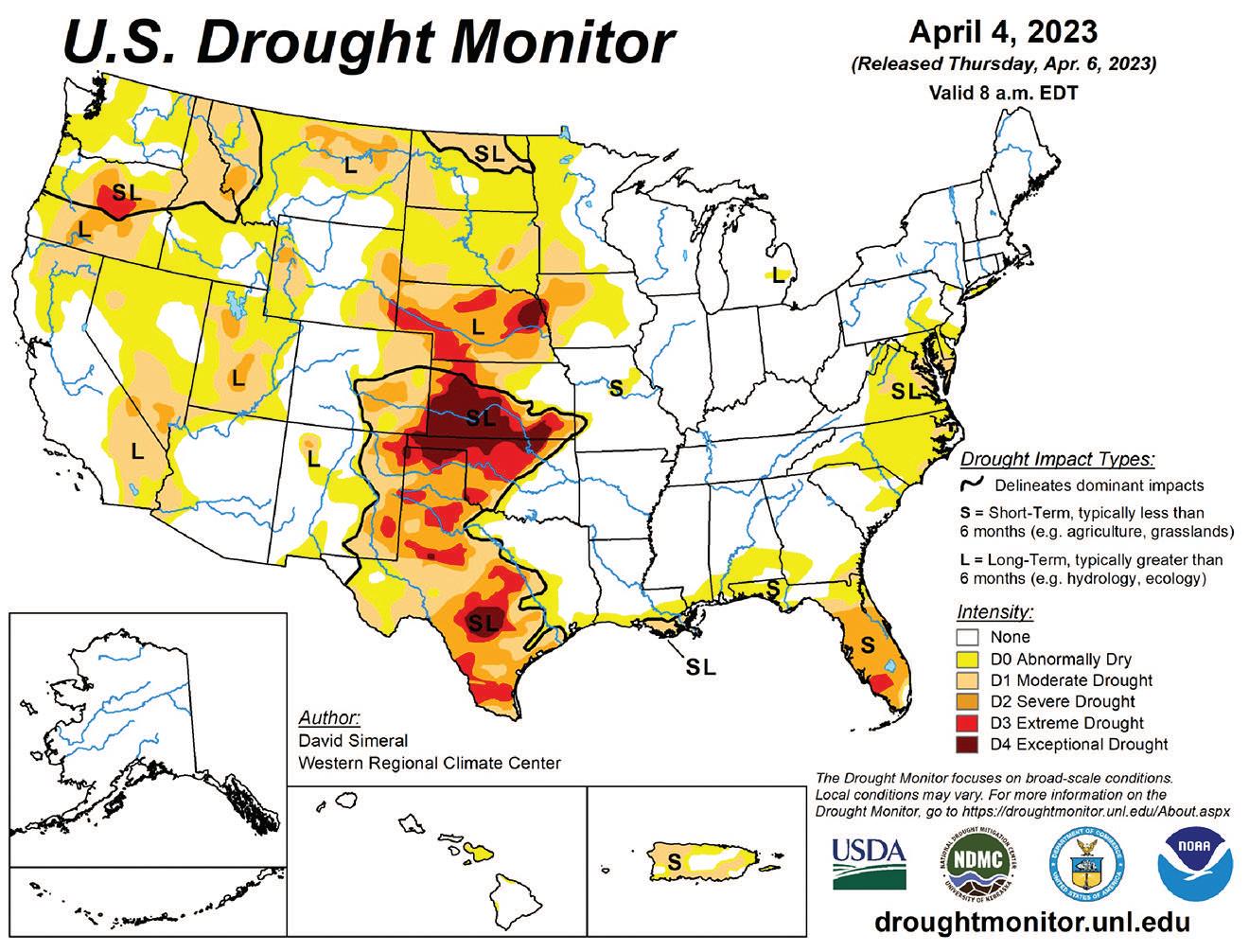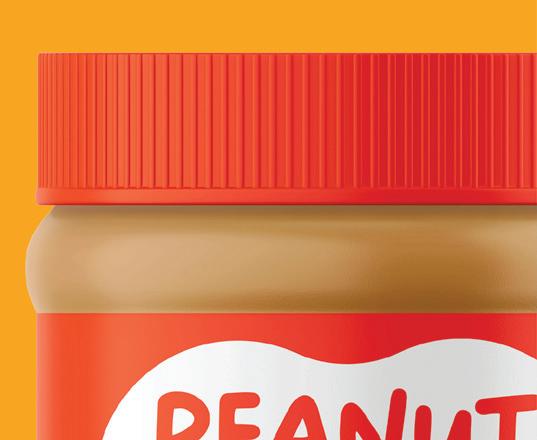
1 minute read
Peanut Pointers
moisture, seed-to-soil contact, seedling disease and herbicide damage.

Advertisement
Early season weed management is very important. There are eight herbicide-resistant weed species in Texas that are officially recorded in the International Herbicide-Resistant Weed Database. Those weeds are:
■ Common sunflower, Palmer amaranth and tall waterhemp - resistant to glyphosate
■ Johnsongrass – resistant to imazethapyr and nicosulfuron
■ Kochia – resistant to metsulfuron-methyl
■ Palmer amaranth – resistant to Atrazine
■ Barnyardgrass – resistant to Propanil
■ Perennial ryegrass – resistant Sulfometuron-methyl
There may be other species that are resistant to herbicides not listed above in your specific fields. Please check fields following a herbicide application and record any weeds that are not controlled by the herbicides. Collect these as samples. Talk to your county agent about the potential for herbicide-resistant weed species in your field.
Look For A Pattern In Stand
Gaps To Determine A Cause
May is a busy month for the farmer mainly because it is prime planting time for peanuts, although some of the crop may be planted in April. Besides trying to maneuver around the farm and get all the peanuts planted, you are also trying to assess what has been planted to determine if you have an adequate stand everywhere.
Timeliness is everything to backtrack on crop plantings and assess the stand because if any fields need re-seeding, we need to be aggressive and replant in a timely fashion.
First, try to determine what caused the problem. There are several factors that can prevent a good stand of peanuts, such as: percent germination, soil temperatures, soil
Next, what type of stand do I have? Is it a uniform solid stand, skippy and erratic across the field, or maybe just a planter unit problem consistent across the field? Does the plant stand have huge gaps in it or small amounts of variability between the emerged plants? Look for a pattern of some kind, whether it is soil type, moisture from a terrace channel, a bottom or sandy flat, or maybe two different seed sources or varieties. One of these factors should indicate a possible problem.
We know we want to have a final plant stand of four plants per foot for maximum yield. However, if Tomato Spotted Wilt Virus isn’t an issue, we can achieve respectable yields with as low as 2.5 plants per foot. Hopefully no one will be in this situation this planting season, but if you are, make some stand counts and determine what caused the problem, then decide to replant or not. PG















